What follows is the second part in a two-part series. In the first post, Richard Bush offers his thoughts on what was noteworthy in Xi Jinping’s recent address on Taiwan. Here, he focuses on what he sees as the key obstacle to Xi Jinping or any other Chinese leader carrying out Taiwan’s unification.
When Beijing crafted its “one country, two systems” formula (1C2S) for Taiwan unification in the early 1980s, it thought the moment was ideal to secure the capitulation of Taiwan’s leaders. Taipei had suffered a serious psychological blow after the United States had switched diplomatic relations from Taipei to Beijing on New Year’s Day 1979. China’s leaders knew that their Taiwan counterparts, leaders of the Nationalist/Kuomintang party (KMT) were Chinese nationalists who had moved to the island in 1949 and that they favored ultimate unification (but on their own terms). Maybe, Beijing hoped, Taiwan’s leaders would see 1C2S as a face-saving way out of a dire situation.
There was another reason Beijing might have believed that KMT leaders would find 1C2S attractive. That was, the formula would allow them to maintain the authoritarian rule they had imposed in the late 1940s. The KMT would have to give up its belief in the Republic of China, which it had controlled since 1928, and become a part of the People’s Republic of China, its enemy since 1949. But at least they could stay in power. The losers in this arrangement would be the 80 percent of the island’s population whose families had been in Taiwan for generations who had little or no control over Taiwan’s future. But giving the people a say in either China or Taiwan was not at all a priority for Chinese leaders.
KMT leaders rejected Beijing’s offer and soon changed the game. They started a transition to democracy that was completed in the mid-1990s. This fostered a very public discussion of what Taiwan was, where it had been, and how it fit with its Chinese neighbor. Democratization essentially gave the Taiwan public a seat at the table any time Beijing and Taipei governments tried to resolve their differences through negotiations. Among other things,
- Taiwan’s democratization created a strong popular identification with Taiwan itself. Some people see themselves as Taiwanese only. Others regard themselves as both Taiwanese and Chinese, without defining what they mean. Consistently, these two groups constitute 90 percent of Taiwan opinion. Less than 10 percent regard themselves as Chinese only.
- The share of Taiwan people who want unification with China right away or sometime in the future has been stuck between 10 and 15 percent for some time. Most Taiwan people want a continuation of the status quo.
- The KMT’s three decades of harsh authoritarian rule conditioned many Taiwan people to be wary of any new group of authoritarian leaders from China.
Most Taiwan people understand that Taiwan’s economy is tied to China’s (40 percent of Taiwan exports go there). They don’t like instability, whatever the cause. They don’t want a military conflict. They do want a genuine say over their destiny, and for now 1C2S has no market on Taiwan as a basis for resolving differences with China.
What has happened in Hong Kong over the last five years only reinforces Taiwan skepticism. Originally, 1C2S in Hong Kong provided for the rule of law and protection of civil and political rights, but the electoral system was geared so that any political force or political leader that Beijing feared could never gain legislative or executive power. There was hope beginning in 2013 for a reform of the electoral system that ultimately would result in popular elections for all senior leaders, but through a tragic train of events that did not happen. Now political freedoms are being abridged as well.
Xi Jinping’s January speech ignores the impact on the quest for unification of popular feelings in democratic Taiwan. His statement that “there is national identification between the people on the two sides of the [Taiwan] Strait” ignores what polls show about the weakness of Chinese identity on the island. Those same polls belie his apparent confidence that unification on Beijing’s terms is inevitable. He does not seem aware that Taiwan citizens don’t want to risk their democratic system, which they value despite its flaws, for a 1C2S structure that is partially democratic at best.
What’s the obstacle?
Xi does intimate reasons why China has not made more progress towards its unification goal.
One reason is ineffective persuasion. Beijing has just not found the right argument and mix of incentives and disincentives to stimulate a positive response from Taiwan. They were closest during the presidency of KMT leader Ma Ying-jeou, when cross-Strait relations became more stable and expanded economically. But Ma took economic integration further than the public wanted, and the Democratic Progressive Party and its leader Tsai Ing-wen, who are more cautious when it comes to China, took over. Xi’s linkage of Taiwan’s unification to “great rejuvenation” is the latest attempt to come up with a convincing argument, along with intensified assertions that China really is sincere when it says it will take Taiwan views into account. But based on President Tsai’s response to Xi’s speech, that argument won’t work.
The second reason to which Xi alludes is American interference. The Chinese logic here is that America is locked in a strategic rivalry with China. Given the geography of East Asia, the island of Taiwan is useful to the United States in blocking China’s outward advance. Thus, the logic goes, most U.S. moves that favor Taiwan are seen as evidence of this purported American plot to contain China. This reasoning is false. It has been long-standing U.S. policy to take no position on how substantively China and Taiwan resolve their difference; what matters is that any resolution occur peacefully and be acceptable to Taiwan’s people. It is not U.S. Taiwan policy that is blocking improvements in China-Taiwan relations, or even unification. It is that China hasn’t made an offer to Taiwan that its people find appealing.
The third reason that Xi cites for slow progress towards unification is “separatism,” the desire of some political forces on Taiwan to create an independent country with no political or legal ties to China. Now it is true that some Taiwanese politicians have long favored independence. They were the beneficiaries of democratization and had an impact within the DPP. Even though they were a minority island-wide, the option of independence roiled Taiwan politics during the 1990s and through 2007. But most Taiwan people long understood that creating a “Republic of Taiwan” would lead to a military attack by China, so independence was a really bad option. Despite China’s allegations that the Tsai administration is engaged in “separatist activities,” it has actually been quite cautious on the issue, if only because it wishes to preserve the support of the United States.
So why does the Chinese official media continue to charge that the Tsai administration is promoting independence? I suspect it is because officials and analysts believe that demagogic Taiwan politicians manipulate voters to get their support for causes that, at least in the Chinese view, are not in the public’s objective interests. Demagoguery is not absent in Taiwan, but the public’s opposition to unification is real and exists whether or not politicians engage in manipulation.
That opposition will continue to be decisive because of Taiwan’s constitutional order. Any fundamental change in the political system will require constitutional amendments. Constitutional amendments are really hard, requiring approval of three-quarters of the members of the Legislative Yuan and endorsement of over half of Taiwan’s eligible voters. As a practical matter, a proposed amendment that lacks the support of both the KMT and the DPP is doomed to failure.
Beijing’s choice
Under these circumstances, China has two options that do not involve the threat or use of military force. One is to fundamentally rework the substance of 1C2S to make it more appealing to Taiwan voters. The other is to use money, technology, and political leverage to manipulate Taiwan’s political system to advance its goals. It appears that in the recent local elections, Beijing has already begun to experiment with those tools. But China should rethink that approach. Governing a Taiwan that is incorporated through trickery and manipulation will be much more difficult than one that is persuaded that unification is in its interests.
But Xi’s recent speech suggests that neither Taiwan nor the United States should count on Beijing’s developing ideas that are sufficiently creative to elicit interest from Taiwan. China’s recent meddling in Taiwan’s political process should alert Taiwan leaders and the public of the need to better insulate their democracy from outside interference. The United States should develop ways to help them do that.
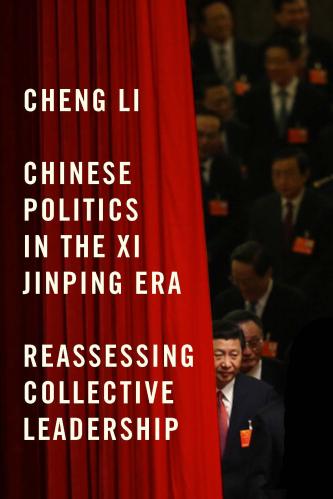
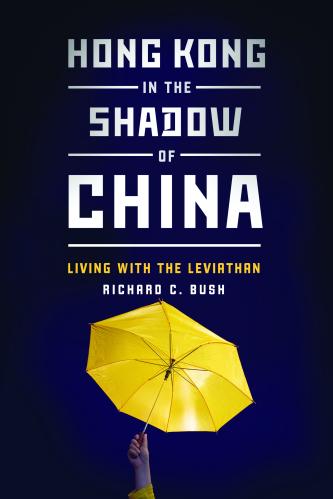
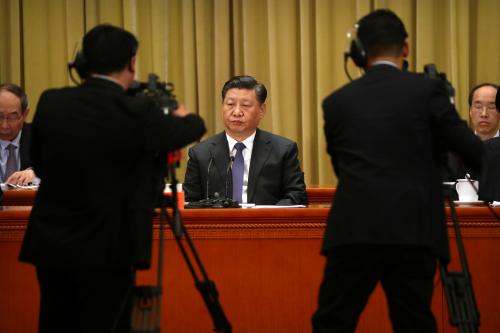
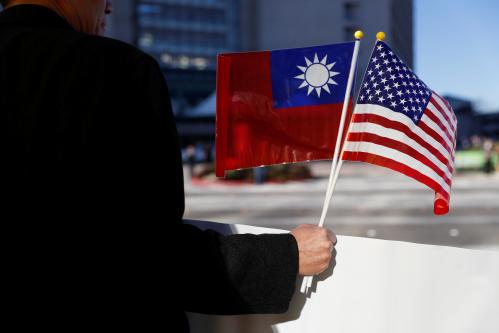
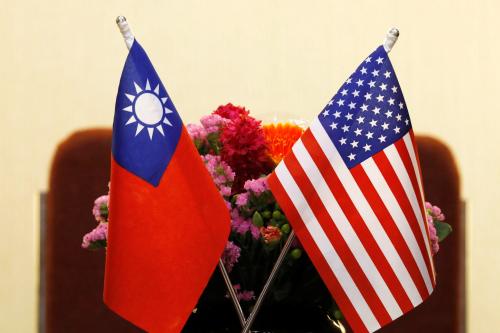

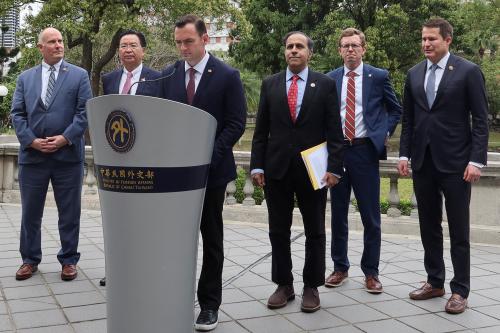
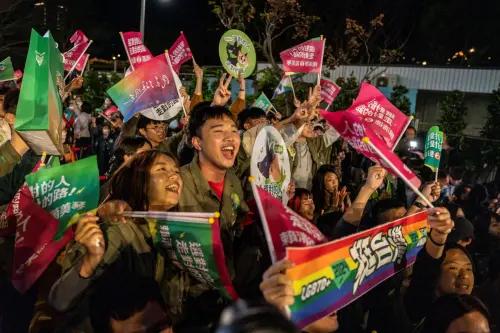
Commentary
Beijing’s goal is re-unification with Taiwan—Why can’t it get there?
January 7, 2019